One of the most prolific and recognizable war machines in World War 2 is known as the Sherman tank. Considered the most widely used tank by the United States and its allies in WW2, more than 49,000 were built. First designed in 1940, the Sherman Tank was inexpensive and could quickly be produced in large numbers.
Of course, a tank is only as good as its crew. Within the belly of each Sherman Tank, up to 5 crew members each played a central role in its operation. With this in mind, let’s take a deeper look at each crew member and how central they were to these fighting machines.
Sherman Tank History

©adolf martinez soler/Shutterstock.com
Evolving from the M3 Medium Tank, the M4 Sherman Tank or Medium Tank was the backbone of Allied ground efforts throughout Europe. As the most produced tank in American history, the M4 Sherman first went operational in 1942. Its earliest fighting took place in North Africa, where it out-classed both German light and medium tanks. After early successes, U.S. Army officials believed they had the right tank to win the war and further tank development was suspended.
Tank Production
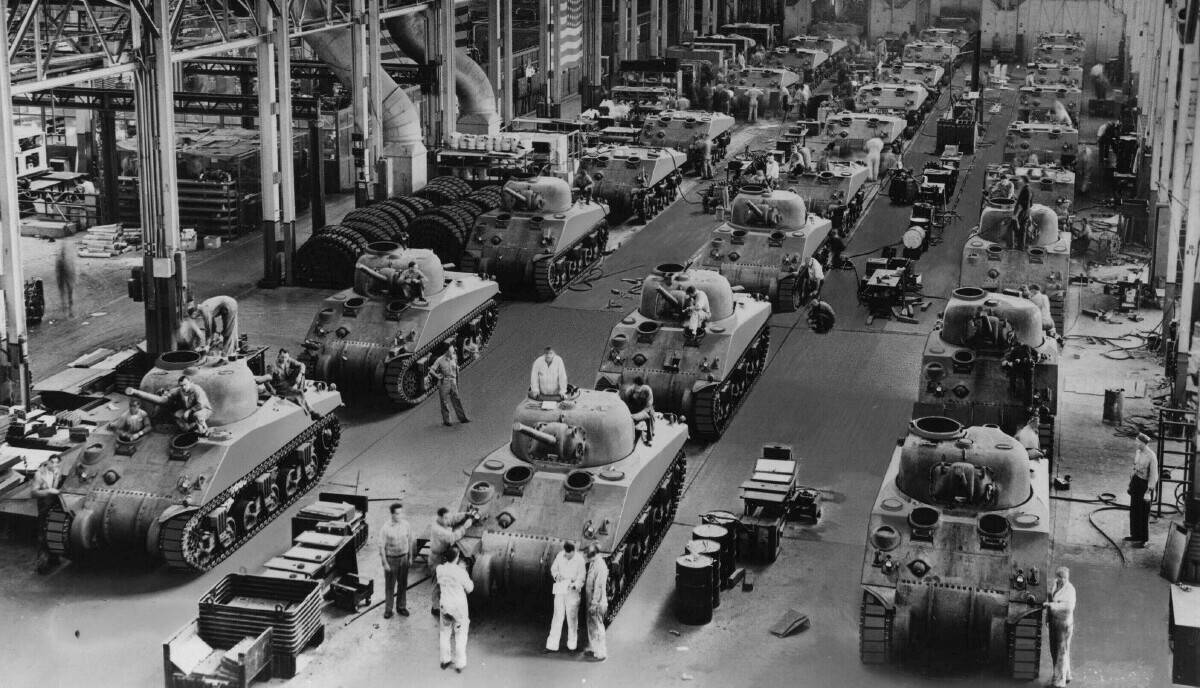
©U.S. Army TARDEC photo / Public Domain - Original / License
In total, more than 16 armored divisions and 70 tank battalions were fitted with M4 Sherman Tanks. With a top speed of up to 30 MPH on the road and 20 MPH off-road, the Sherman was formidable. At the time of its production, Roosevelt wanted 120,000 tanks, but naval steel needs dropped this number to below 50,000.
Sherman Tank Variants
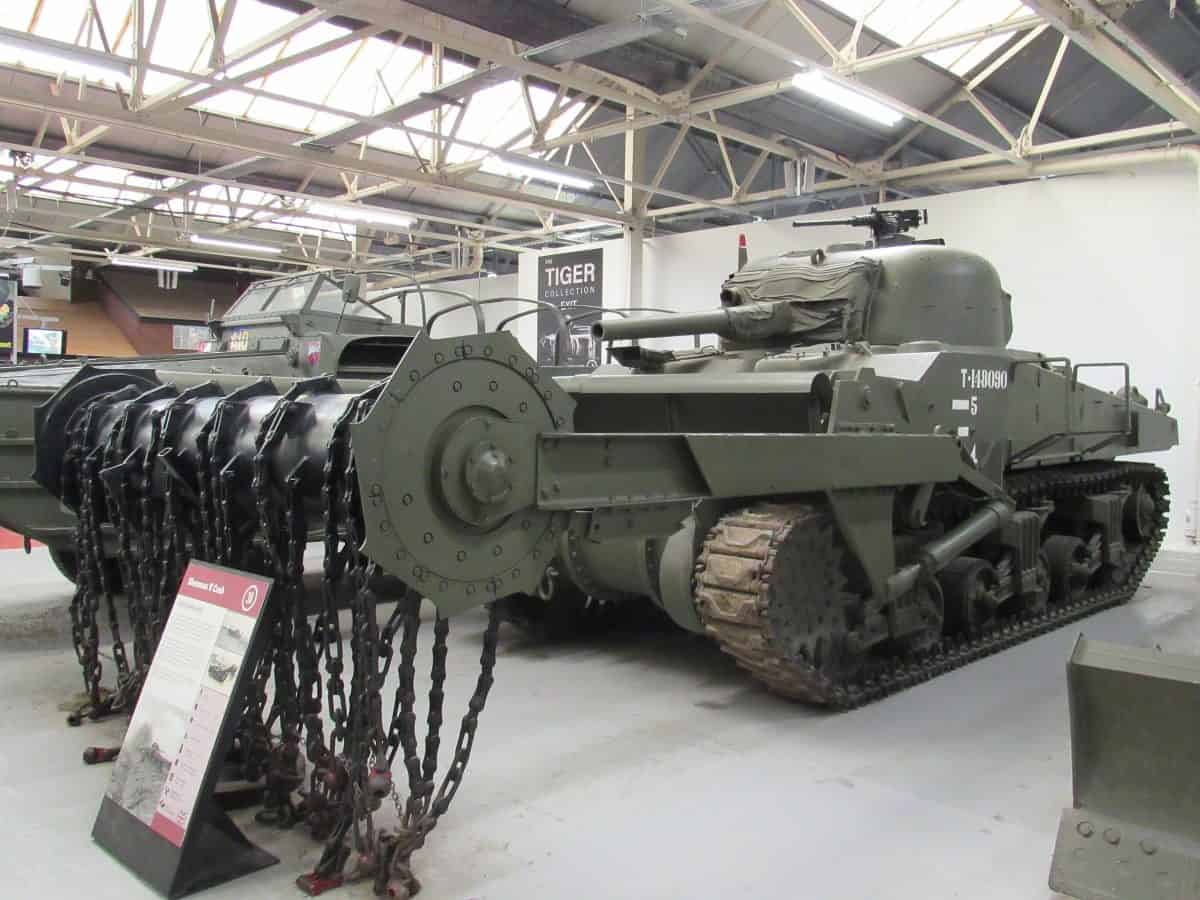
©Makizox / Creative Commons Attribution-Share Alike 4.0 International license - Original / License
In total, there are 7 different designations for the M4 tank. Each of these designations were based on the model’s purpose. For example, the M4A4 Sherman had extra armor at the front of the tank by crew hatches.
Alternatively, the M4(105) added a 105mm howitzer main gun in place of the 75mm barrel other models used. Regardless of the variant, each Sherman was outfitted for up to 5 crew members. The crew consisted of a commander, gunner, loader, driver, and co-driver/hull gunner.
The Commander
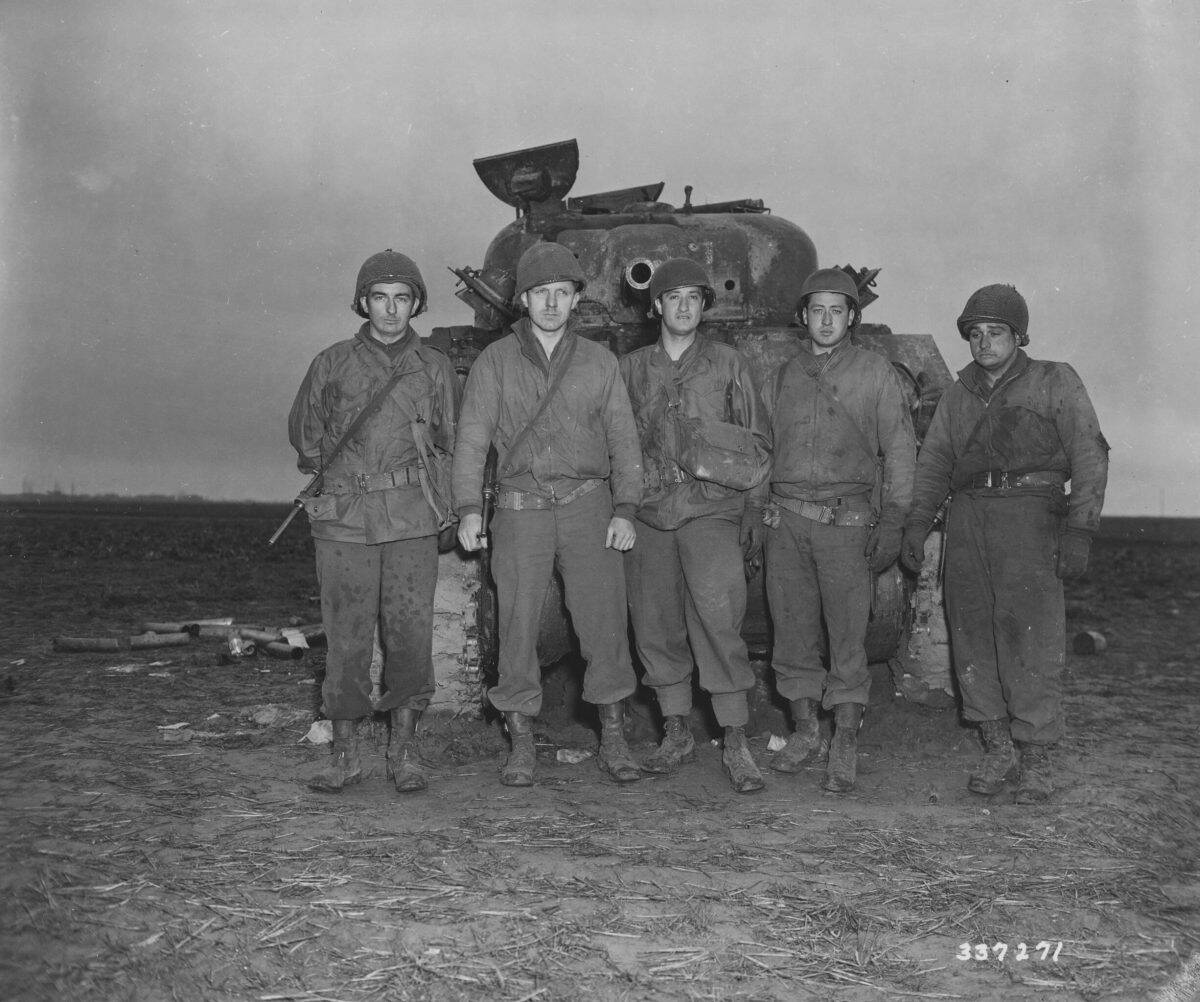
Like a pilot on a B-17 Bomber, the tank commander is the leading member of the crew. The commander is responsible for every crew action and that of the tank itself. The role of any commander is also to give orders about tank movement, when to engage the enemy, and any tactics that will be utilized on the battlefield.
In addition, a tank commander also needed to keep in contact with his superior officers and the rest of the tank battalion. By all accounts, the role of a tank commander was incredibly stressful.
The Driver
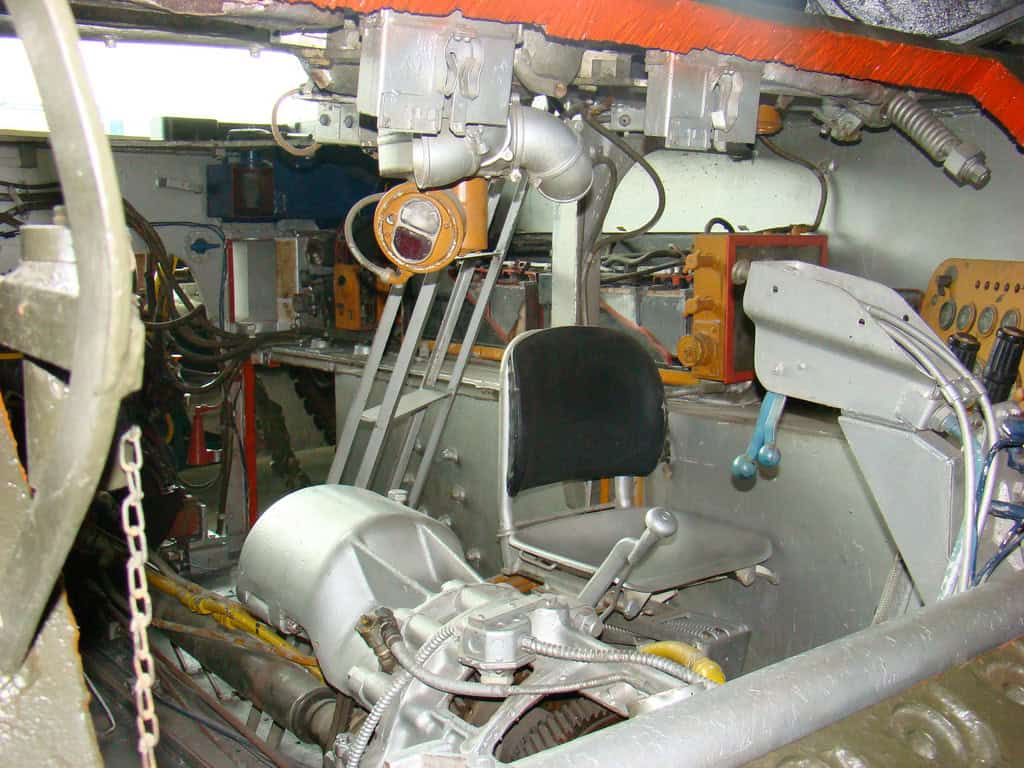
©Bachcell / Creative Commons Attribution 3.0 Unported license - Original / License
As the person responsible for controlling the tank’s movements, there is a heavy responsibility on the role of a driver. A tank doesn’t drive like a car, but more like a tractor with levers instead of a steering wheel.
If the role of a tank commander was stressful, the role of the driver was only slightly less so. The driver was immediately responsible for making sure the tank was out of the firing line and capable of finding the right position to attack the enemy.
Ammunition Loader
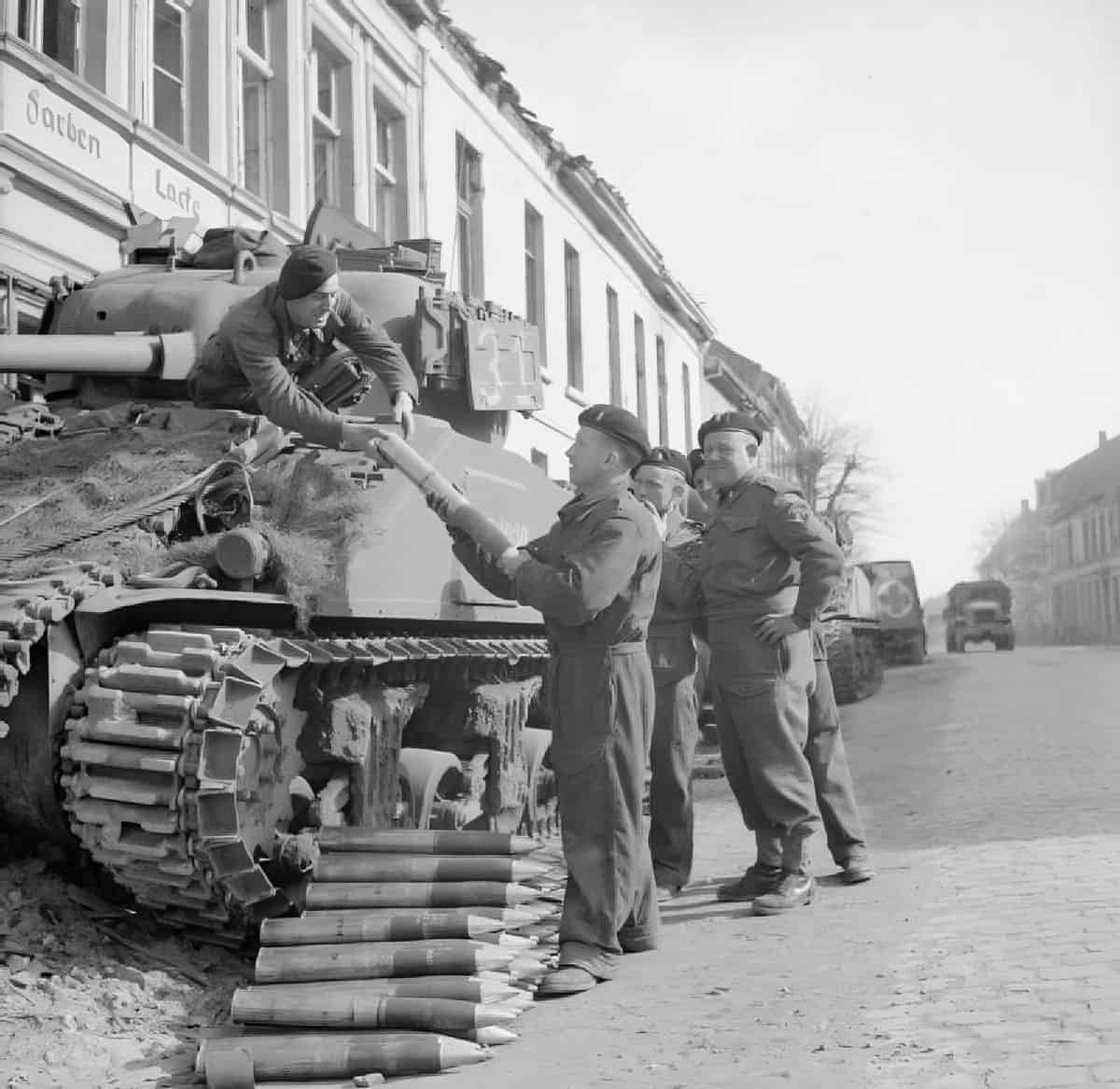
©No 5 Army Film & Photographic Unit : Smith (Sgt) / Public Domain - Original / License
As one of the most important crew members in the tank, the ammunition loader had a heavy responsibility. A tank was only as good as its ability to fire, reload, and fire again. Because of this, a Sherman tank’s ammunition loader had to be very fast.
While this wasn’t the hardest skill in the M4 tank, it was dangerous as the loader did not have a separate escape hatch. Unlike Soviet and French tanks that looked to build an autoloading system, the American M4 Sherman preferred human loaders.
The Gunner
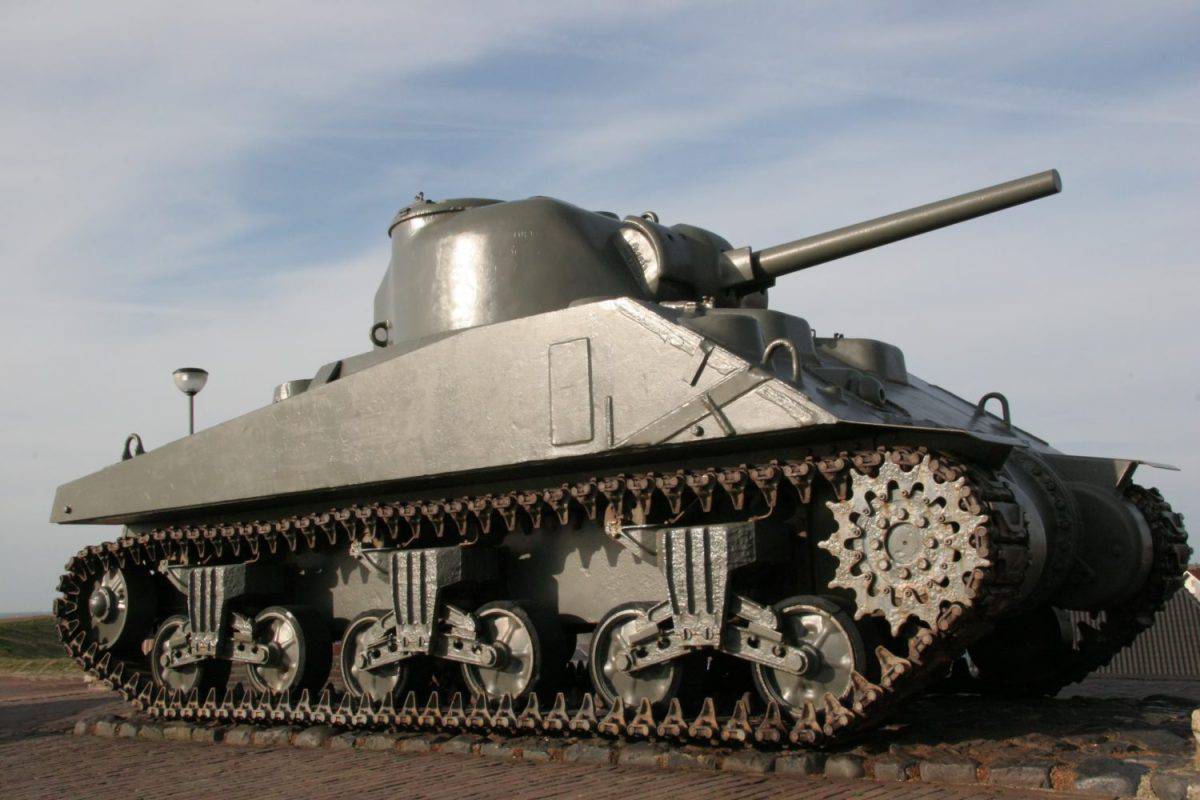
©jason merideth/Shutterstock.com
A machine built for destruction, the role of the gunner in a tank was vital. This is the person directly responsible for operating the main gun, the most effective aspect of any Sherman tank.
While firing the gun was the responsibility of the gunner, this crew member was also responsible for aiming and locking onto a target. As this was often done under fire while moving, a gunner had to be quick on the trigger.
Co-Driver

©zaphad1 / Creative Commons Attribution 2.0 Generic license - Original / License
On a Sherman tank hierarchy amongst its crew, the co-driver would often be near the bottom. In the tank itself, a co-driver does not have specific instruments or control panels where they sit. As this was often the position of new crew members, it was a learning opportunity around tank functionality and how the crew lived and worked together.
However, this crew role did have its escape hatch. For tank security, the co-driver was armed with a 0.30 caliber M1919A4 machine gun.
The image featured at the top of this post is ©adolf martinez soler/Shutterstock.com.







